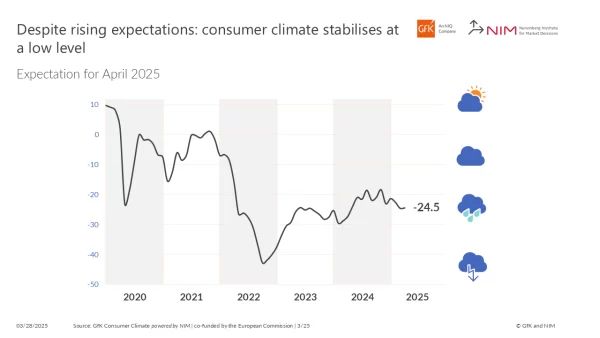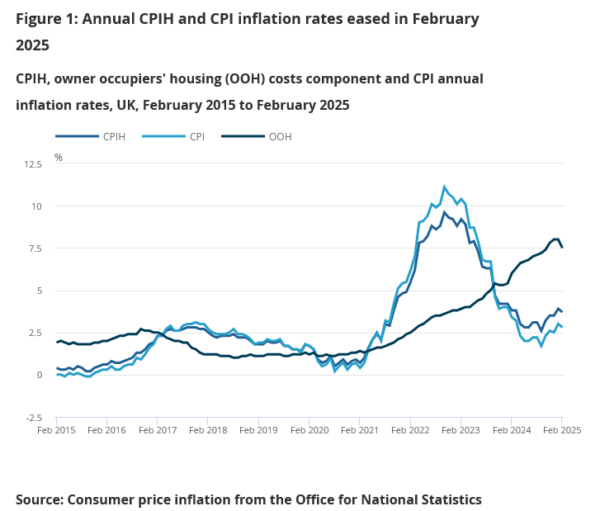Chicago Fed President Austan Goolsbee warned that a shift in market-based long-run inflation expectations toward the elevated levels seen in consumer surveys, such as the University of Michigan’s, would be a “major red flag” demanding immediate Fed attention.
He emphasized that if investor sentiment converges with households’ expectations, now at the highest since 1993, Fed would have little choice but to respond.
Goolsbee noted that Fed has moved into “a different chapter” marked by heightened uncertainty, contrasting with the “golden path” of 2023 and 2024, when inflation eased without damaging growth or jobs.
While he still sees interest rates being “a fair bit lower” in the next 12–18 months, he acknowledged that economic unpredictability, particularly surrounding trade policy, may delay Fed’s next move. His stance: “wait and see is the correct approach,” though not without costs.
In conversations with business leaders, Goolsbee said April 2—the date of expected US tariff announcements—has become a key flashpoint of anxiety. This uncertainty, he said, is fueling a broad hesitancy in investment and hiring decisions across the Fed district.















Canadian GDP grows 0.4% mom in Jan, but Feb flatline tempers momentum
Canada’s GDP expanded by 0.4% mom in January, outpacing expectations of a 0.3% mom gain. Growth was broad-based, with 13 of 20 sectors contributing.
Goods-producing industries led the charge, rising 1.1% mom, the strongest monthly gain since October 2021, as all major components saw expansion. Services-producing industries posted a more modest 0.1% mom increase.
However, early estimates for February point to a flat reading, suggesting a pause in momentum. Strength in manufacturing and financial services was offset by pullbacks in real estate, oil and gas, and retail trade.
Full Canada GDP release here.